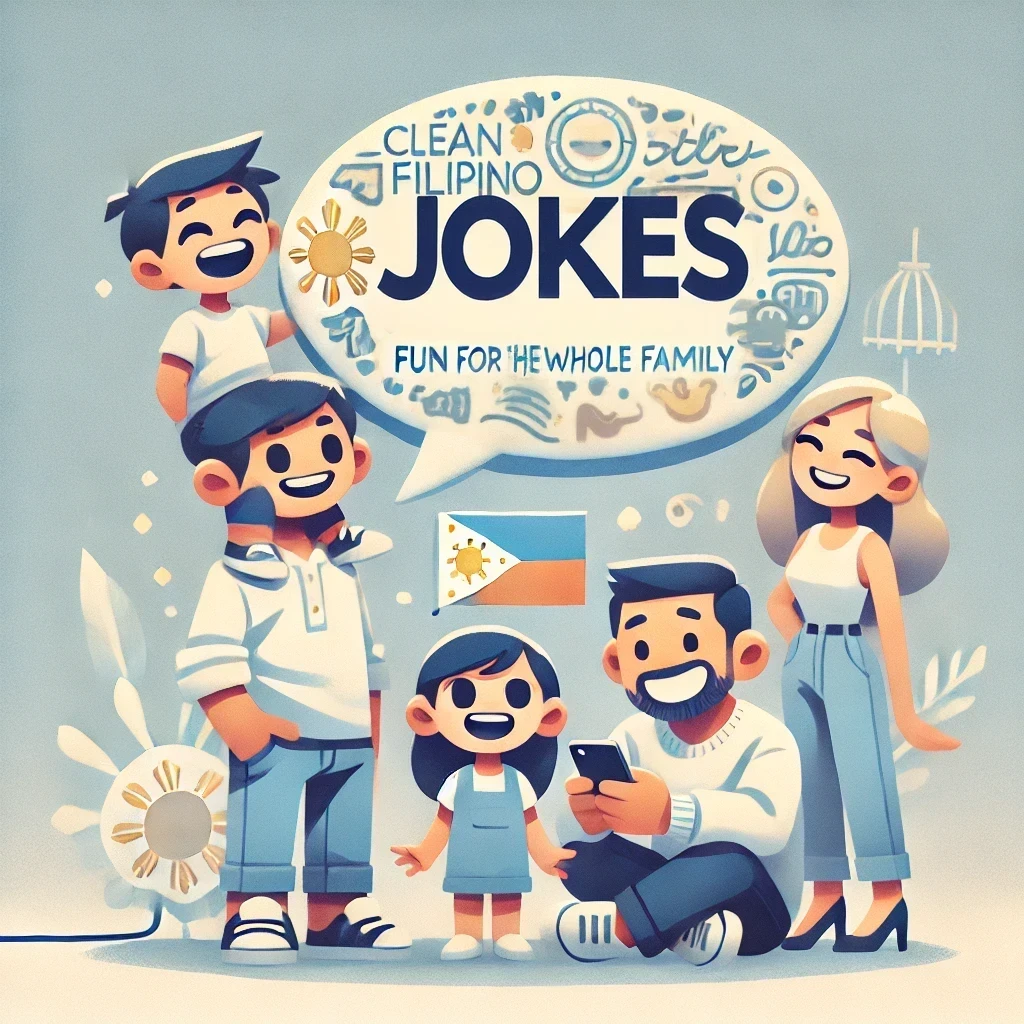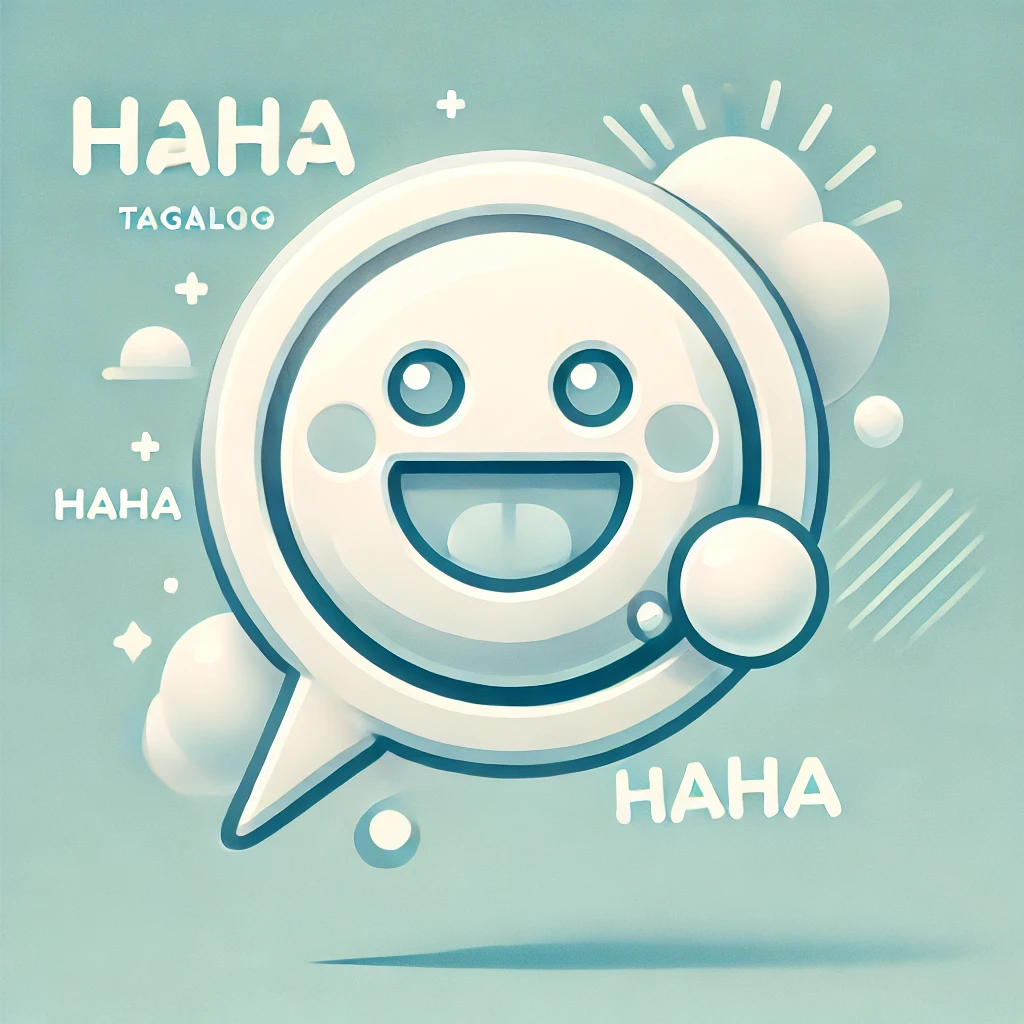Laughter is a universal language, and in the Philippines, it’s practically a way of life. From the bustling streets of Manila to the serene beaches of Palawan, you’ll find Filipinos ready with a smile and a joke at every turn. But what makes Filipino humor so special? It’s the perfect blend of wit, wordplay, and cultural nuances that can tickle anyone’s funny bone. In this blog, we’re diving into the world of clean Filipino jokes that are suitable for the whole family. Whether you’re a Filipino looking to rediscover the charm of your homeland’s humor or an outsider curious about the lighter side of Philippine culture, buckle up for a laughter-filled journey!
The Art of Filipino Wordplay
Puns and Double Meanings
Filipinos are masters of wordplay, and their jokes often revolve around clever puns and double meanings. The Filipino language, with its diverse influences from Spanish, English, and various local dialects, provides a rich playground for linguistic acrobatics. These jokes, known as “salawikain” or “kasabihan,” are not just funny; they’re also a testament to the Filipino’s quick wit and adaptability. For instance, consider this classic:
Q: Ano ang damit ng mga isda?
A: Wet-shirt!
(Translation: What do fish wear? Wet-shirt!)
This joke plays on the English word “wet suit” and the Filipino pronunciation of “wet shirt,” which sounds similar. It’s a simple yet effective way to bridge two languages in a humorous context. These types of jokes are not only entertaining but also serve as excellent ice-breakers in social situations, showcasing the Filipino’s natural ability to find humor in everyday language.
Family-Friendly Filipino Jokes
Knock-Knock Jokes with a Twist
Knock-knock jokes are a universal favorite, but Filipinos have put their own spin on this classic format. These jokes often incorporate local names, places, or cultural references, making them uniquely Filipino. Here’s a popular one:
Knock knock!
Who’s there?
Amos.
Amos who?
A mosquito bit me!
The punchline plays on the similarity between “Amos” and “A mos(quito),” creating a silly yet memorable joke that even kids can enjoy. These types of jokes are perfect for family gatherings, as they’re easy to remember and share, fostering a sense of togetherness through shared laughter.
Animal Antics
Filipinos love incorporating animals into their jokes, often anthropomorphizing them in hilarious ways. These jokes are particularly popular among children and can be a great way to teach them about different animals while having fun. For example:
Q: Anong hayop ang hindi tumatanda?
A: Forever young! (For-ever-young)
(Translation: What animal never gets old? Forever young!)
This joke plays on the name of a sheep in Filipino, which is “tupa,” sounding similar to “forever young” when pronounced quickly. It’s a clever way to combine English and Filipino, creating a pun that’s both silly and memorable.
Regional Flavors of Filipino Humor
Bisaya Bonanza
The Philippines is a country of many languages and dialects, each bringing its own flavor to the comedy scene. Bisaya humor, originating from the Visayas region, is known for its sharp wit and often self-deprecating style. While some Bisaya jokes might be too spicy for family consumption, there are plenty that hit the sweet spot of being both clean and hilarious. For instance:
Q: Unsay english sa “tulog”?
A: Sleep!
Q: Unsay english sa “gising”?
A: Unsleep!
(Translation:
Q: What’s the English for “sleep”?
A: Sleep!
Q: What’s the English for “wake up”?
A: Unsleep!)
This joke showcases the playful way Bisaya speakers approach language learning, creating logical (if incorrect) English translations based on their understanding of language structure. It’s a great example of how Filipino humor often stems from the multilingual nature of the country.
Ilocano Ingenuity
Moving north, we find the Ilocanos, known for their frugality and practicality, qualities that shine through in their humor. Ilocano jokes often revolve around clever solutions to everyday problems or witty observations about life. Here’s a clean one that the whole family can enjoy:
Q: Ania ti agpayso nga saan a mabalin a maputol?
A: Tubig! (Water!)
(Translation: What is truly uncuttable? Water!)
This riddle-like joke highlights the Ilocano penchant for logical thinking while still maintaining a lighthearted tone. It’s the kind of joke that might make you chuckle, then pause to think, “Well, they’re not wrong!”
The Impact of Filipino Humor on Culture and Society
Filipino humor isn’t just about getting laughs; it plays a significant role in shaping the nation’s culture and society. Let’s look at some of the ways Filipino jokes impact daily life:
| Aspect | Impact of Filipino Humor |
|---|---|
| Social Bonding | Jokes serve as ice-breakers and strengthen community ties |
| Stress Relief | Humor helps Filipinos cope with challenges and hardships |
| Cultural Identity | Jokes reflect and reinforce shared cultural experiences |
| Language Preservation | Wordplay keeps traditional languages and dialects alive |
| Education | Humorous mnemonics aid in learning and memory retention |
This table illustrates how deeply ingrained humor is in Filipino society, touching every aspect of life from social interactions to education. The ability to find humor in various situations is often cited as a key factor in the renowned resilience of the Filipino people.
Filipino Jokes in the Digital Age
Memes and Social Media
In recent years, Filipino humor has found a new playground in the digital realm. Social media platforms have become hotbeds for Filipino memes, often featuring clean jokes that can be shared with the whole family. These memes frequently incorporate popular culture references, current events, and traditional Filipino humor, creating a unique blend that resonates with both young and old.
For instance, the “Pinoy Henyo” game, a popular segment from a TV show where contestants guess words based on yes-or-no questions, has spawned countless memes and online jokes. These digital iterations of Filipino humor showcase the adaptability of the culture’s comedic sensibilities, proving that laughter truly knows no bounds – or platforms!
Apps and Online Communities
The love for Filipino jokes has also led to the development of dedicated apps and online communities. These digital spaces serve as repositories for classic jokes and breeding grounds for new ones. They’ve become virtual “barkada” (friend group) gatherings, where Filipinos from all over the world can share a laugh and stay connected to their roots.
One popular app, “Pinoy Jokes,” boasted over 500,000 downloads as of 2018, demonstrating the high demand for easily accessible Filipino humor. These platforms not only entertain but also play a crucial role in preserving and evolving Filipino joke-telling traditions for future generations.
The Educational Value of Clean Filipino Jokes
Language Learning Through Laughter
Clean Filipino jokes aren’t just for entertainment; they can be powerful tools for language learning. For Filipino children growing up abroad or non-Filipinos interested in the culture, these jokes provide a fun way to engage with the language. The wordplay often highlights grammatical structures, idiomatic expressions, and cultural nuances that might be challenging to grasp through traditional learning methods.
Consider this joke:
Q: Anong hayop ang nagpapautang?
A: Ang PAW-san!
(Translation: What animal gives loans? The PAW-san!)
This joke plays on the word “pusa” (cat) and “pautang” (to lend), creating “paw-san” which sounds like both the animal and the act of lending. It’s a clever way to introduce vocabulary, pronunciation, and cultural concepts (like informal lending) all in one go!
Critical Thinking and Creativity
Engaging with Filipino jokes, especially those involving wordplay or riddles, can enhance critical thinking skills. They encourage listeners to make connections between different concepts, think outside the box, and appreciate the nuances of language. For children, this can be particularly beneficial, fostering creativity and linguistic agility from a young age.
The Unifying Power of Filipino Humor
As we’ve explored in this blog, clean Filipino jokes are more than just a source of laughter – they’re a window into the soul of Filipino culture. From wordplay that bridges languages to regional jokes that celebrate local flavors, Filipino humor showcases the creativity, resilience, and joy that characterize the nation.
Whether you’re sharing these jokes at a family gathering, using them to connect with your roots, or learning about Filipino culture for the first time, remember that laughter is a universal language. In a world that often seems divided, the ability to share a good, clean joke can bring people together, transcending boundaries and creating moments of pure, unadulterated joy.
So the next time you hear a Filipino joke, don’t just laugh – take a moment to appreciate the rich cultural tapestry it represents. And who knows? You might just find yourself inspired to create your own “punny” contribution to the wonderful world of Filipino humor!
Disclaimer: This blog post is intended for entertainment purposes only. While we strive for accuracy in our cultural representations, humor is subjective and may vary across different contexts. If you notice any inaccuracies or have suggestions for improvement, please let us know so we can ensure our content remains both entertaining and respectful.




